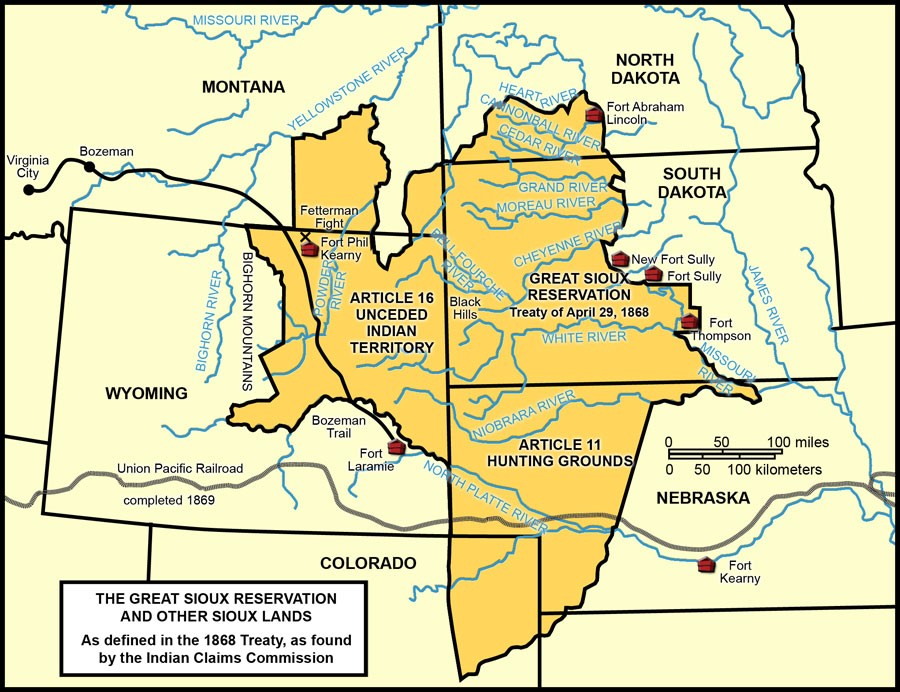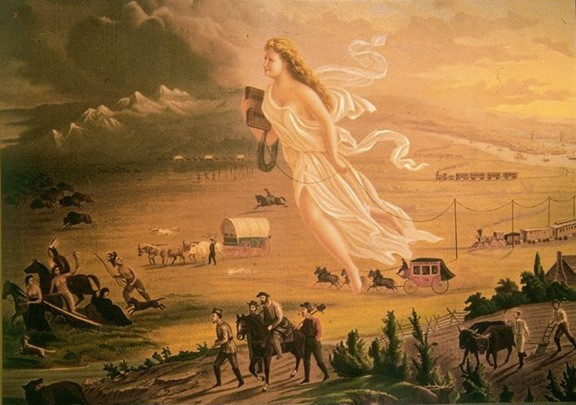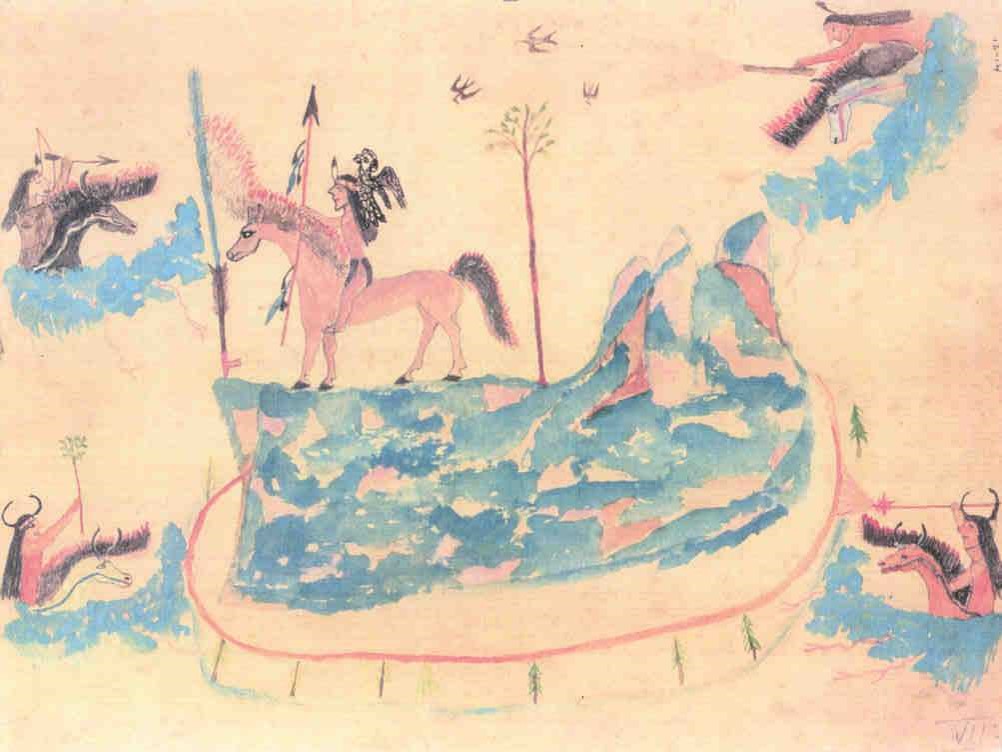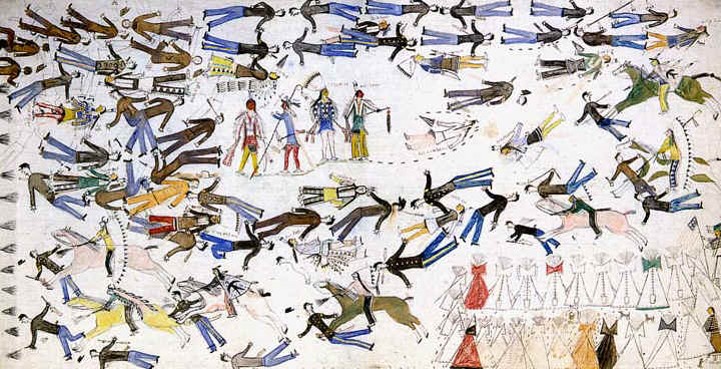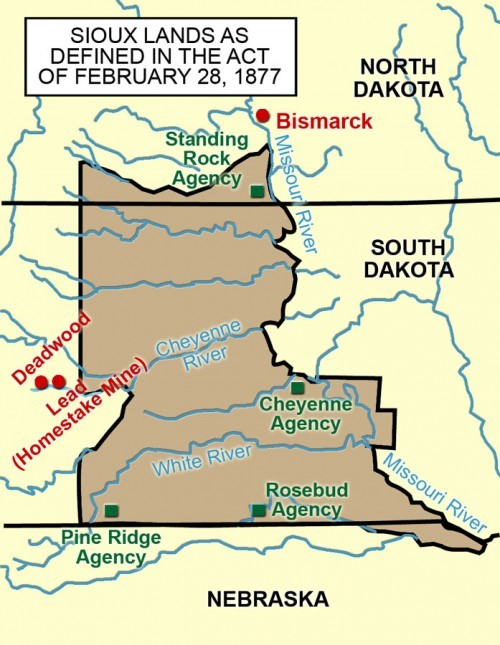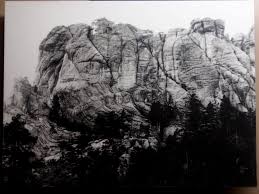Looks like Trump is going to Mt. Rushmore Friday to try to salvage his dying presidency by watching a fireworks display.
Patriotic Americans should support the return of the Black Hills (including Mt. Rushmore) to the Lakota Nation.
Here’s why:
Patriotic Americans should support the return of the Black Hills (including Mt. Rushmore) to the Lakota Nation.
Here’s why:
According to the U.S. Constitution, treaties are the “Supreme Law of the Land.” That means it is the duty of every patriotic American to uphold treaties.
This includes treaties with Indigenous Nations.
This includes treaties with Indigenous Nations.
In 1868, the United States signed a treaty with the “different bands of the Sioux Nation of Indians."
This includes the seven Lakota tribes [oyate] and the Yanktonais and Santees, most of the Očhéthi Šakówiŋ.
This includes the seven Lakota tribes [oyate] and the Yanktonais and Santees, most of the Očhéthi Šakówiŋ.
The 1868 Fort Laramie Treaty guaranteed a permanent “Great Sioux Reservation.”
This included the Black Hills.
This included the Black Hills.
In 1874 George Armstrong Custer led an illegal expedition into the Black Hills to look for gold.
When Custer found gold, he publicized it throughout the U.S.
When Custer found gold, he publicized it throughout the U.S.
U.S. prospectors swarmed into the Black Hills. They ignored the 1868 Treaty, the “Supreme Law of the Land.”
Typical of American settler colonists, they thought it was their God-given right to take resources on Indigenous lands.
Typical of American settler colonists, they thought it was their God-given right to take resources on Indigenous lands.
A few years earlier, the famous Oglala Lakota holy man Black Elk had a vision where the Six Grandfathers took him to Paha Sapa (Hills Black), the center of the earth.
Years later, Black Elk’s relative Standing Bear drew Black Elk’s vision of Paha Sapa. It was sacred land.
Years later, Black Elk’s relative Standing Bear drew Black Elk’s vision of Paha Sapa. It was sacred land.
As whites invaded their sacred land, Lakotas and their Cheyenne allies mobilized to defend Paha Sapa.
In winter 1875, President U.S. Grant authorized an illegal military operation to force the Lakotas to give up the Black Hills.
In winter 1875, President U.S. Grant authorized an illegal military operation to force the Lakotas to give up the Black Hills.
Grant is famous for his “peace policy” toward Indians.
But if Native Nations refused peace on U.S. terms (go to reservations, submit to cultural genocide), Grant’s peace policy became a war policy. War meant targeting communities, including non-combatants, i.e., genocidal war.
But if Native Nations refused peace on U.S. terms (go to reservations, submit to cultural genocide), Grant’s peace policy became a war policy. War meant targeting communities, including non-combatants, i.e., genocidal war.
Lakotas (along with Cheyennes and Arapahos) defeated Custer at the Greasy Grass (Little Bighorn) on June 25, 1876.
But, it was hard for Lakotas to sustain militant resistance.
By this time, capitalism had destroyed the great bison herds of the northern Plains.
By this time, capitalism had destroyed the great bison herds of the northern Plains.
In winter 1876-77, Lakotas and Cheyennes realized they couldn’t continue to fight.
They were starving. The Army might surprise them and slaughter everyone.
Some went to Canada, but most went to the reservation.
They were starving. The Army might surprise them and slaughter everyone.
Some went to Canada, but most went to the reservation.
U.S. commissioners were telling Lakota leaders on the reservation that they had to give up the Black Hills. If they refused, the U.S. would not provide them with food.
The policy was “Sell or Starve.”
The policy was “Sell or Starve.”
Threatened with starvation, 10 percent of adult men signed an “agreement” (the U.S. stopped making treaties in 1873) ceding the Black Hills.
U.S. Americans were very happy, but there was a big problem.
The Treaty of 1868 required that 75 percent of adult men agree to any change, and so the “agreement” violated the “Supreme Law of the Land.”
The Treaty of 1868 required that 75 percent of adult men agree to any change, and so the “agreement” violated the “Supreme Law of the Land.”
In the twentieth century, Lakotas fought to obtain justice for the theft of the Black Hills.
The only option at the time seemed to be obtain monetary compensation.
Lakotas filed a claim for compensation with the Court of Claims in 1923.
The only option at the time seemed to be obtain monetary compensation.
Lakotas filed a claim for compensation with the Court of Claims in 1923.
It took 19 years for the Court of Claims to render a decision. In 1942, the Court dismissed the claim.
In the meantime, the United States carved the faces of four presidents into a granite mountain in Paha Sapa.
Here’s what “Mt. Rushmore” looked like before the desecration.
In the meantime, the United States carved the faces of four presidents into a granite mountain in Paha Sapa.
Here’s what “Mt. Rushmore” looked like before the desecration.
The sculptor, Gutzon Borglum, a member of the KKK, had carved profiles of leaders of treasonous Confederate leaders into a cliff at Stone Mountain, Georgia.
At first, there was some thought of carving the face of the great Oglala Lakota leader Red Cloud (signer of the 1868 Treaty), but Borglum abandoned this and decided on the 4 presidents.
Mt. Rushmore was finished in 1941.
Nine years later, Lakotas refiled the Black Hills claim before a new court, the Indian Claims Commission (ICC).
In 1955, the ICC ruled against them.
Nine years later, Lakotas refiled the Black Hills claim before a new court, the Indian Claims Commission (ICC).
In 1955, the ICC ruled against them.
It looked like the end of the road, but Lakotas persisted. They hired new lawyers who convinced the Court of Claims to allow a new claim to be filed with the ICC.
Things went better this time.
In 1974 the ICC ruled in favor of the Lakotas on the grounds that the 1876 “agreement” violated the 1868 Treaty’s provision that 75% of adult men had to agree to any change.
In 1974 the ICC ruled in favor of the Lakotas on the grounds that the 1876 “agreement” violated the 1868 Treaty’s provision that 75% of adult men had to agree to any change.
According to the ICC, the taking of the Black Hills was illegal under the Fifth Amendment.
The ICC had upheld “the Supreme Law of the Land.”
The ICC had upheld “the Supreme Law of the Land.”
In 1980 the Supreme Court upheld the ICC ruling by a vote of 8-1 (the case is United Nations v. Sioux Nation of Indians).
The majority opinion stated: “A more ripe and rank case of dishonorable dealing will never, in all probability, be found in our history.”
The majority opinion stated: “A more ripe and rank case of dishonorable dealing will never, in all probability, be found in our history.”
What to do about such a “ripe and rank case of dishonorable dealing?”
Since the United States was founded on the principle of freedom to take Indigenous lands, white America could not consider returning the land.
Since the United States was founded on the principle of freedom to take Indigenous lands, white America could not consider returning the land.
But, white America could salve its conscience by providing monetary compensation.
So, the Supreme Court awarded the Lakotas $102 million for the illegal taking of the Black Hills.
Big surprise, though: Lakotas said NO to the money.
The only just solution: return the land.
So, the Supreme Court awarded the Lakotas $102 million for the illegal taking of the Black Hills.
Big surprise, though: Lakotas said NO to the money.
The only just solution: return the land.
In 1985, former New York Knicks basketball player and now Senator Bill Bradley introduced legislation drafted by Lakotas to return a portion of the Black Hills.
The Bradley bill was fairly conservative. It called for return of 1.3 million of the 7.3 million acres in the Black Hills. Only Forest Service and BLM lands would be returned.
Private property would remain private property. Mt. Rushmore would stay with the Park Service.
Private property would remain private property. Mt. Rushmore would stay with the Park Service.
The Bradley Bill got a committee hearing, but South Dakota’s politicians hated the legislation, so it never got much traction. By 1990, the Bradley Bill was dead.
Thirty years later, Lakotas continue to reject a monetary settlement (even though it is now worth over $1 billion).
Lakotas say “the Black Hills are not for sale.”
Lakotas say “the Black Hills are not for sale.”
With statues and monuments going down, there is talk that Mt. Rushmore should be blown up.
South Dakota Governor Kristi Noem says “not on my watch.” https://bit.ly/2VzRprC ">https://bit.ly/2VzRprC&q...
South Dakota Governor Kristi Noem says “not on my watch.” https://bit.ly/2VzRprC ">https://bit.ly/2VzRprC&q...
Should Mt. Rushmore be blown up?
I don’t know.
What I do know is that by the United States’ own admission the Black Hills were stolen from the Lakota Nation.
I don’t know.
What I do know is that by the United States’ own admission the Black Hills were stolen from the Lakota Nation.
I also know that the theft of the Black Hills violated a treaty and that treaties, under the U.S. Constitution, are the “Supreme Law of the Land.”
I also know that patriotic Americans claim to love the Constitution.
I also know that patriotic Americans claim to love the Constitution.
If so, patriotic* Americans should honor the Constitution and return the Black Hills to the Lakotas.
*Non-patriotic Americans (like me) can also support the return of the Black Hills.
*Non-patriotic Americans (like me) can also support the return of the Black Hills.
Lakotas can then decide what to do with Mt. Rushmore.
Maybe they’ll do a fireworks show and invite ex-President Trump. But I doubt it.
end/
Maybe they’ll do a fireworks show and invite ex-President Trump. But I doubt it.
end/

 Read on Twitter
Read on Twitter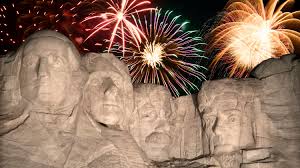
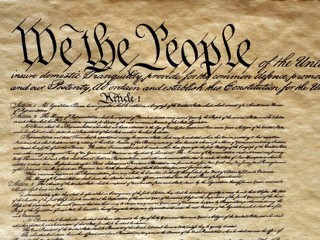
![In 1868, the United States signed a treaty with the “different bands of the Sioux Nation of Indians."This includes the seven Lakota tribes [oyate] and the Yanktonais and Santees, most of the Očhéthi Šakówiŋ. In 1868, the United States signed a treaty with the “different bands of the Sioux Nation of Indians."This includes the seven Lakota tribes [oyate] and the Yanktonais and Santees, most of the Očhéthi Šakówiŋ.](https://pbs.twimg.com/media/Eb3giHTXsAM7jH5.png)
